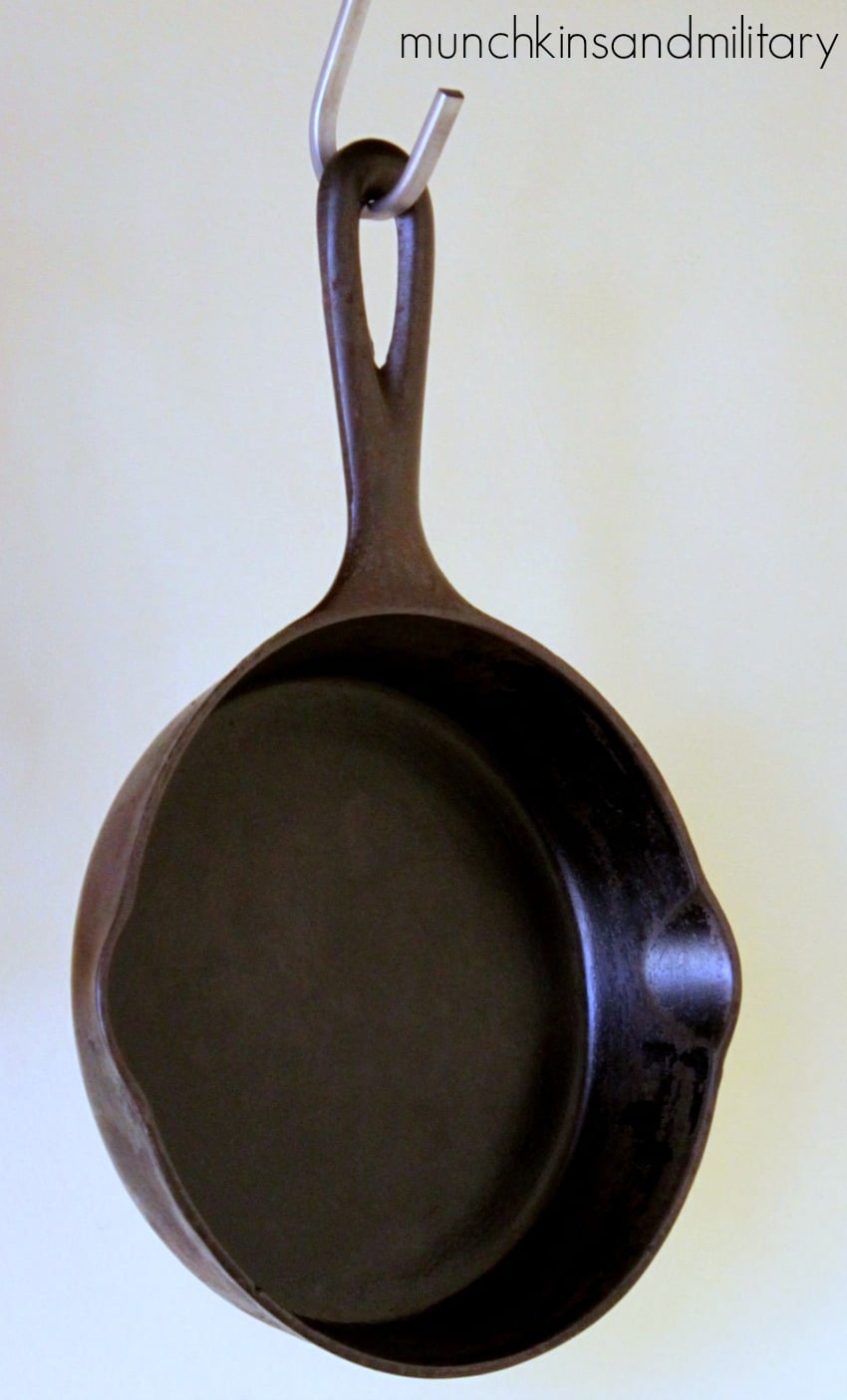Skillet Love
For nearly as long as I can remember, my dad has had a cast iron skillet. Although the best food always came from the skillet, I was never a huge fan. In fact, I always kinda thought it was nasty. It never really got washed and I never really understood why. Until recently.
For Christmas last year, I asked John for a cast iron skillet of my own. I wasn’t sure about the ins and outs of owning a skillet, but lots of the recipes that I found across the internet used them, so I wanted one too. When it was time to get cooking, I called my dad.
Seasoning the skillet
So, before you actually start cooking in your skillet, it needs to be seasoned. It’s a fairly simple process that gives your skillet a nice non-stick surface. After seasoning, the surface should be smooth and black.
To season your skillet start with a small drop of oil on the inside. Use a clean cloth or paper towel to thinly spread the oil across the entire surface of the skillet, inside and out. Place the skillet in your oven and turn the heat on to 500. Allow the skillet to bake in there for about an hour, before turning off the heat and letting it cool inside.
You’re going to want to repeat this process three or four times. Really, until you can rub your finger across the inside of the skillet and it feels completely smooth. A great tip is to use your skillet to cook bacon for the first couple of times to really help get the grease into the pores of the iron.
Cleaning the skillet
When it comes to cleaning, there is one thing that my dad told me that is pretty much stuck in my head. Never place a hot skillet in water, as it could cause it to crack and warp. Instead, wait for the skillet to cool completely before rinsing it with warm water. Depending on what was made, I sometimes need to use a plastic bristled brush. Never anything more abrasive than that. Rarely, I’ll use a drop of mild soap. They say you shouldn’t use any soap, but I’ve been ok using it sparingly.
Once it’s all clean, place the skillet on the stove and turn it on to medium/medium-high heat. This will help make sure that it’s completely dry. You always want to make sure the skillet is 100% dry to avoid rust issues.
With the heat still on, drop a tiny drop of oil in the center and use a paper towel to once again thinly spread it around to coat the inside of the skillet. When it starts to smoke, you can turn the heat off and wait for your skillet to cool before putting it away.
Although it seemed intimidating at first, my cast iron skillet has quickly become one of my favorite kitchen items. With a little bit of love, I’ll be able to use this pan for the rest of my life and hopefully pass it down to one of the girls. Don’t tell my dad, but I plan on stealing his eventually too. 😉

